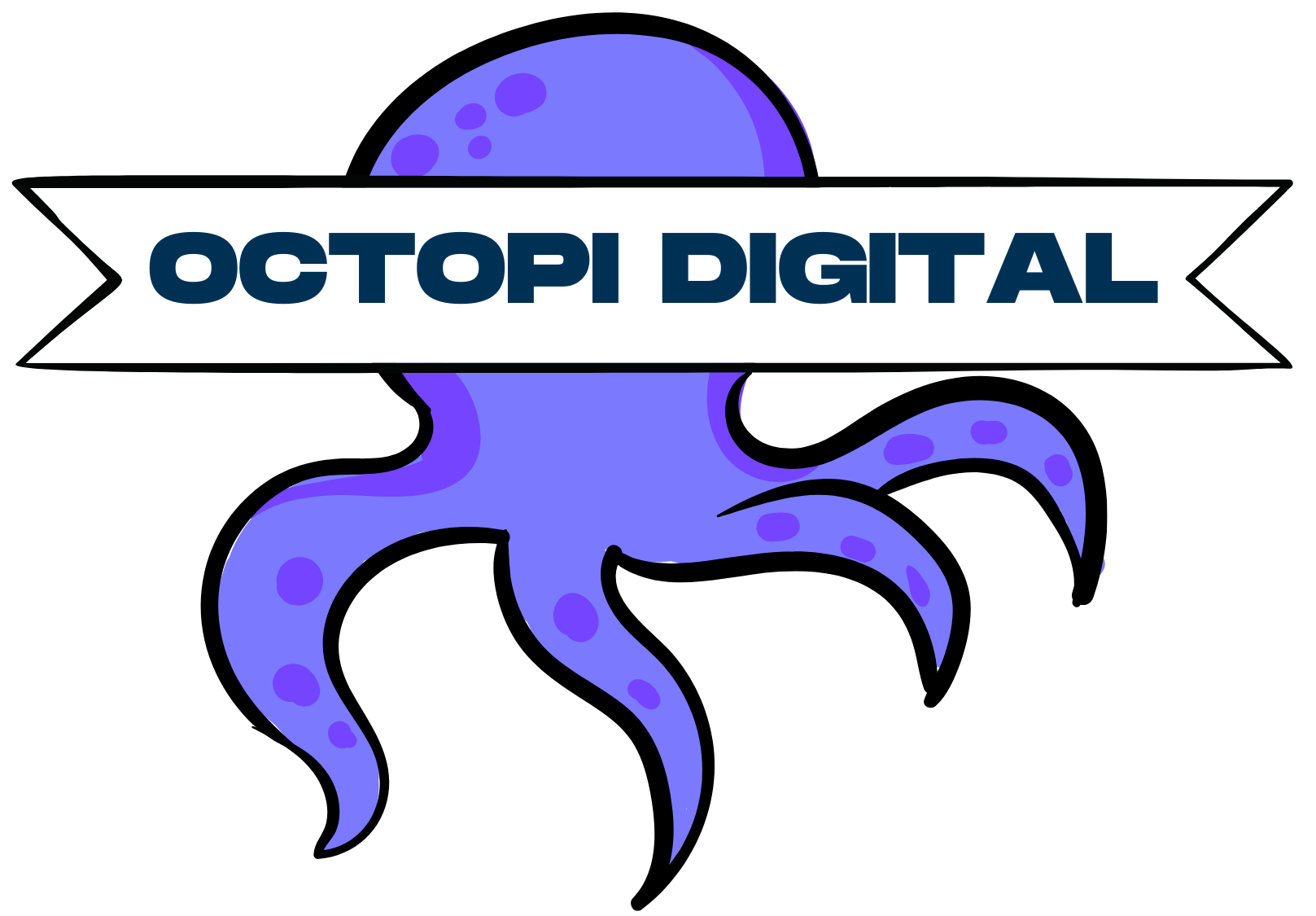Exploring the Role of Technology in Soccer Predictions
Soccer, or football as it is known in many countries around the world, is one of the most popular sports and is enjoyed by millions of people around the globe. The game has been around for centuries and has seen many changes in its rules and regulations over time. In the modern era, technology has taken a larger role in the game, from the introduction of VAR (Video Assistant Referee) to the use of data analysis to help teams identify patterns and opponents’ weaknesses.
Data analysis and predictive modeling have become increasingly important in soccer in recent years, with teams looking for an edge over their opponents. While traditional scouting and analysis have always been a part of the game, the introduction of new technologies and data-driven approaches have revolutionized soccer predictions. In this blog post, we’ll explore the role of technology in soccer predictions, and take a look at one particular model – the Dixon Coles model – and how it can be used to accurately predict the outcome of a soccer game.
What is Predictive Modeling?
Predictive modeling is a process of using data to build a mathematical model that can accurately predict the outcome of a given event. The model is based on a set of parameters, or inputs, that are used to make the prediction. In soccer, these parameters can include team statistics such as goals scored, goals conceded, shots on target, possession, etc. The model will then use this data to generate a probability of which team is more likely to win the match.
The Dixon Coles Model
The Dixon Coles model is a well-recognized model for predicting the outcome of soccer games, and is based on Poisson Distribution. The model uses a set of parameters, such as the goals scored and conceded by each team, and the total number of shots on target, to generate attacking and defending strengths for each team. The model then uses these strengths to predict the outcome of a soccer game.
The model is unique in that it takes into account the home team’s advantage in terms of crowd support and familiarity with the stadium. The model also takes into account the form of both teams, meaning that it can accurately predict the outcome of a match even if one team is in better form than the other.
Using Python to Create a Soccer Predictions Model
Python is a powerful and versatile programming language that can be used to create a range of predictive models, including models for predicting the outcome of a soccer game. To create a soccer predictions model using Python, we will need to install a few libraries, including pandas, numpy, statsmodels, and matplotlib.
The first step is to collect data on the teams and games we want to predict. This data can be collected from a variety of sources, including official league websites, team websites, and even social media. Once we have collected the data, we can use pandas to clean and format it, and numpy to create arrays for the model.
We can then use the statsmodels library to create a Poisson model and fit it to the data. This will generate the attacking and defending strengths for each team, which can then be used to generate the model’s probabilities of who will win the game. Finally, we can use matplotlib to visualize the results and gain insights into the performance of the model.
Conclusion
The role of technology in soccer predictions has grown significantly in recent years, with teams and analysts turning to data-driven approaches to gain an edge over their opponents. The Dixon Coles model is a well-recognized model for predicting the outcome of a soccer game, and can be used to accurately predict the winner of a match. Additionally, Python can be used to create a soccer predictions model, using libraries such as pandas, numpy, statsmodels, and matplotlib.
At Octopi Digital, we are committed to providing our clients with creative solutions to their data-driven challenges. We understand the power of predictive modeling and data analysis, and are dedicated to helping our clients unlock the potential of their data. To learn more about our services, click here.
